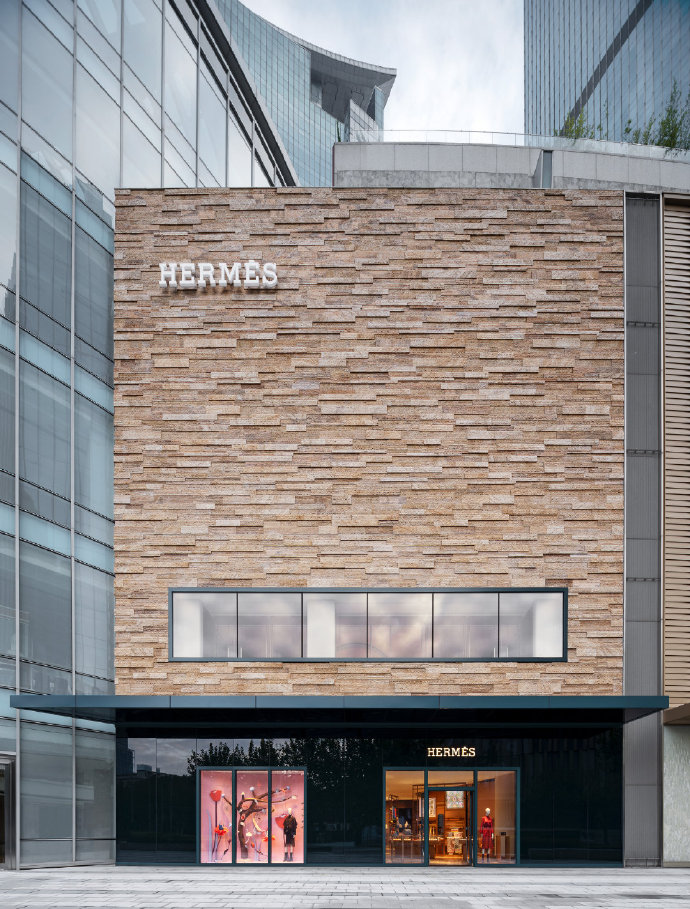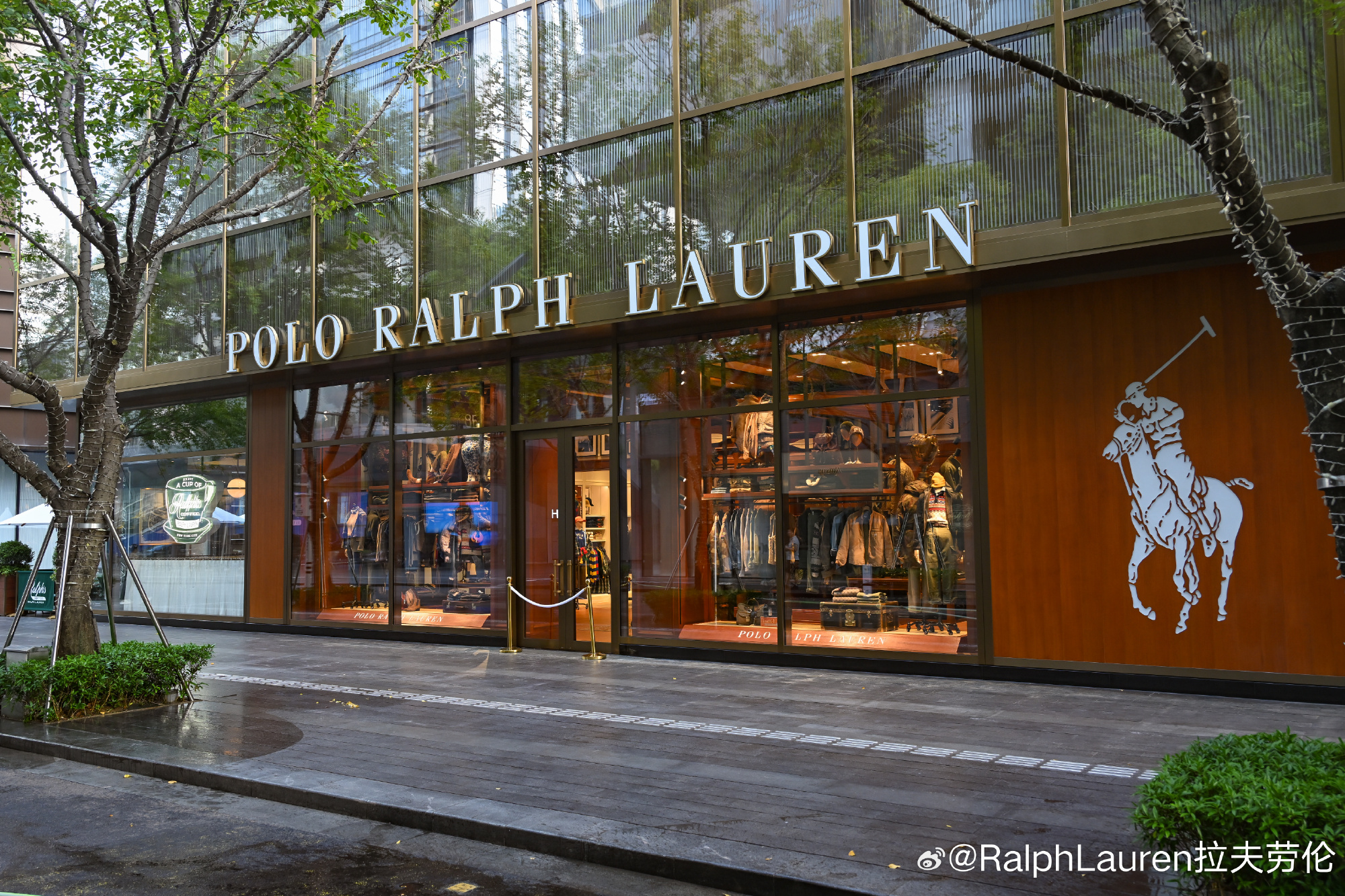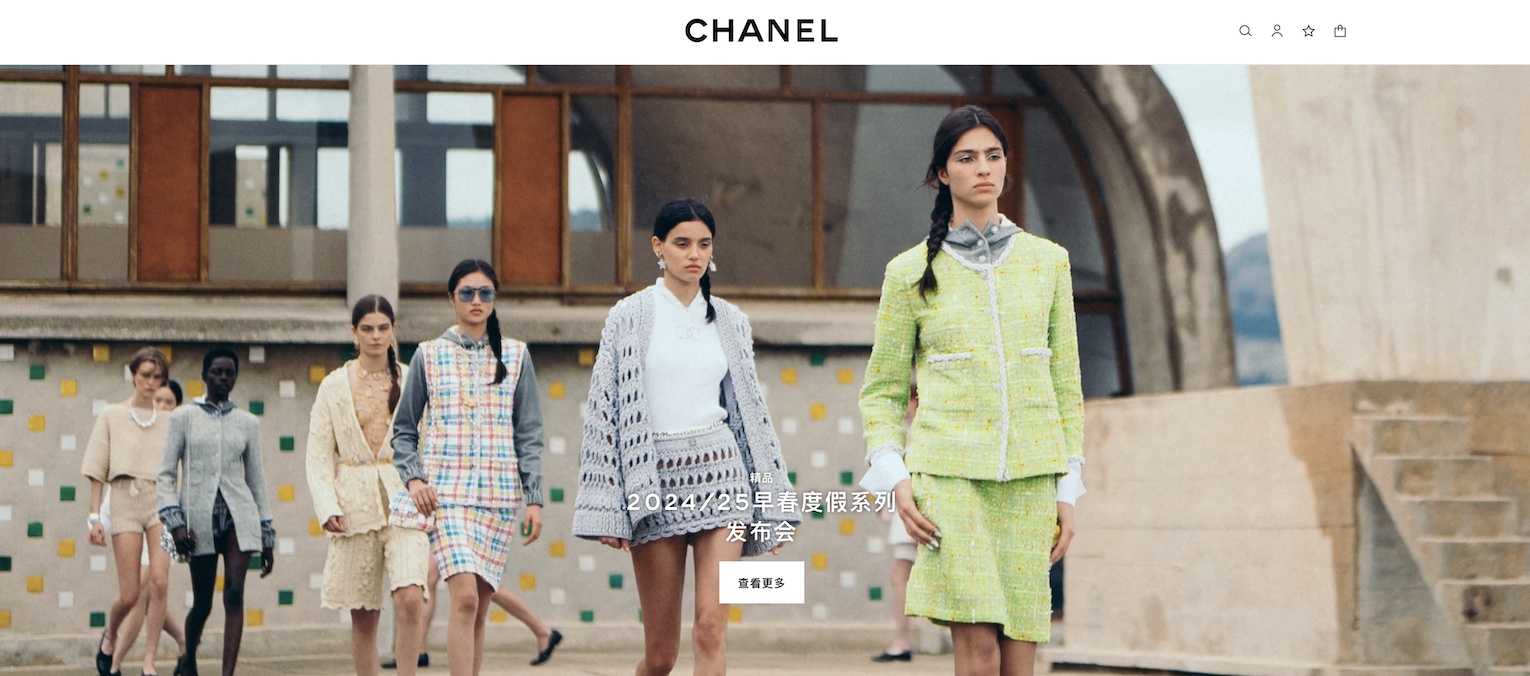In the recently released financial report for Q3 2025, French luxury giant Hermès once again demonstrated strong operational resilience. Revenue rose 9.6% year-on-year at constant exchange rates to €3.9 billion, showing a slight improvement compared to the second quarter (with year-on-year growth of 7.2% and 9.0% in the first two quarters, respectively).
However, Hermès’ share price fell 3.51% on the day the results were released (October 22). Most market analysts believe that while the 9.6% quarterly growth largely met expectations (market consensus was 10%), investors remained cautious about the performance of certain categories—particularly the Perfume and Beauty segment, which declined 7.2% year-on-year at constant exchange rates in Q3. This was interpreted as a potential signal of slowing demand for “entry-level” products.
Against this backdrop of complex market sentiment, the Hermès management’s interpretation of its key market, China, during the earnings call proved especially important.

According to the Q3 report, the Asia excluding Japan region, which includes the Chinese Mainland, saw a 6.2% year-on-year growth at constant exchange rates—an acceleration compared to the first half of the year (4.0% growth at constant exchange rates).
Hermès Executive Vice President of Finance, Eric du Halgouët, specifically praised the Greater China region during the call, noting that the market has benefited from the brand’s value-driven strategy, strong local customer loyalty, and the high-quality development of its retail network.
In March this year, the Taichung store in Taiwan reopened after renovation. In June, the renovated and expanded store at the Four Seasons Hotel in Macau also reopened. Eric du Halgouët revealed, “We will also be opening another store in China. This is a market where we are investing heavily.”
When asked about the specific drivers behind the improvement in the Chinese market during the third quarter, Eric du Halgouët pointed to a combination of two factors: a slight rebound in foot traffic and the clear effectiveness of the brand’s value strategy—namely, selling higher-value items.
“Foot traffic increased slightly, and our value strategy has been successful. The strategy is aimed at selling higher-value products. So for example, in jewelry, we sold pieces of greater value. Similarly, in watches, we sold more complicated pieces. So it’s the combination of both that explains this improvement, and it’s an encouraging sign from early October.”
Looking ahead, analysts are focused on how China’s macroeconomic conditions might continue to impact luxury consumption. In response, Eric du Halgouët repeatedly emphasized the group’s long-term confidence in the Greater China region and shared two key “positive signals” he has observed: the stabilization of the real estate market in Tier-1 cities and a recovery in financial markets.
“When looking at Greater China, I want to remind everyone that we saw growth throughout 2024. From the start of this year through to the end of September, we’ve seen growth again. So this trend is not dramatically changing. We are continuing our value strategy. Q3 was slightly better than Q2.
There are two encouraging indicators that give us optimism from a macroeconomic standpoint. First, the real estate market in China’s Tier-1 cities is more stable. That is a positive sign. Second, we have another reason to be optimistic—the recovery in financial markets in the Chinese Mainland and Hong Kong, which is also a good signal.
During the first week of October, which includes Golden Week in the Chinese Mainland, we saw quite strong and vibrant activity. While we can’t extrapolate this to the entire quarter, it’s still encouraging.”
“But of course, you have to remain humble and cautious,” Eric du Halgouët added.

|Source: Hermès Analyst Call
|Image Credit: Luxe.CO Archives
|Editor: LeZhi



